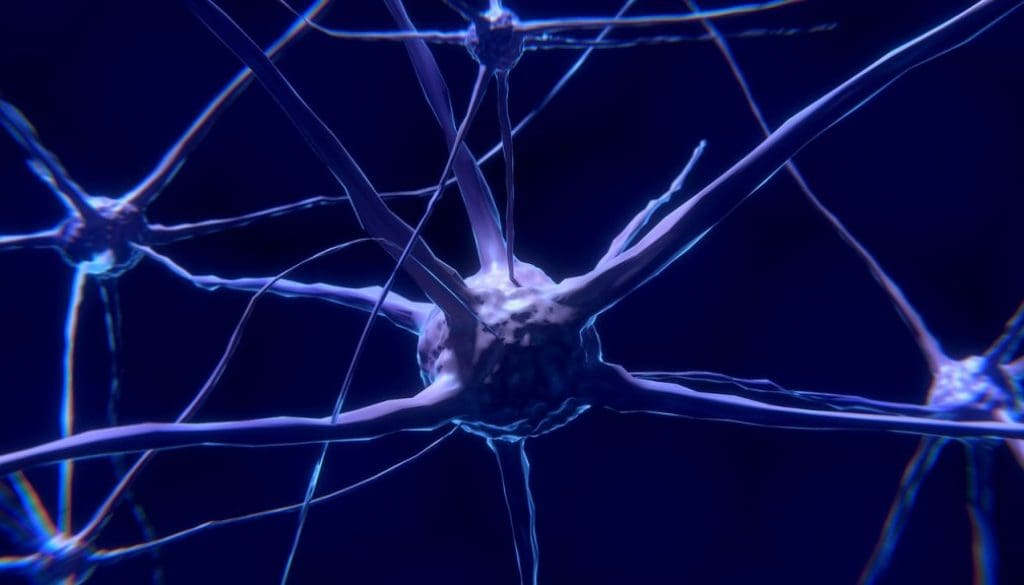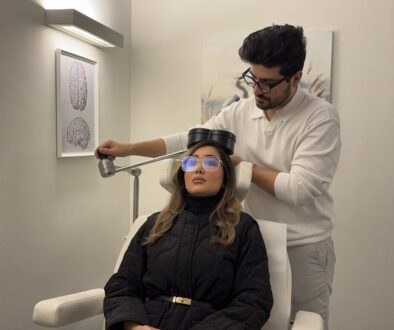Transcranial Magnetic Stimulation & Neuroplasticity
Neuroplasticity, also known as brain plasticity. It is the process in which connections between brain cells called neuronal synapses are altered. This is due to the effect of behavioral, environmental or neural changes. Consider your brain is like a photographic film. When you photograph a mountain, your film is exposed to that new information. If that information’s changed, so does the photograph. In the same way, the brain works exactly the same. It makes new connections or alters pathways in order to change information.
The process of neuroplasticity is not a simple one. It is a lifelong process of alteration of neural pathways and synapses. Neuroplasticity happens in real time as you acquire more data and memorize new information. It can also increase in the case of physical trauma. Here, neuroplasticity works as an adaptive mechanism and try to compensate for that loss of neurons due to injury. This helps restore maximum circuits of the brain and help attain normal functionality.
TMS
Transcranial magnetic stimulation or TMS is the use of magnetic rays to target parts of the brain, mainly for depression and anxiety. It is a noninvasive procedure that requires no anesthesia. Transcranial magnetic stimulation technique’s usually recommended for treatment-resistant mental health disorders.
TMS for neuroplasticity?
Transcranial magnetic stimulation (TMS) use is being applied to study neuroplasticity. Newer studies suggest long term exposure with TMS has an increasing effect on brain neural pathway generation. Previously it was concluded that TMS only affected short term changes in neural pathways and the neuroplasticity linked to it was not long lasting. However, newer studies suggest that Transcranial magnetic stimulation, if given in high frequency and repeated sessions will lead to long term changes in neuronal connections and has definitive application in the field of neuroplasticity.
As TMS targets specific areas of the brain without any being invasive, it is being used to target damaged areas to see an increase in neuronal pathway connections as well as regeneration. In some animal studies, it has shown an increase in uptake of certain proteins associated with cellular growth in the brain.
It should be noted that Transcranial magnetic stimulation and its effects are still under research and various studies are ongoing. Before starting any procedure, you should always consult your primary care physician for the latest information.





